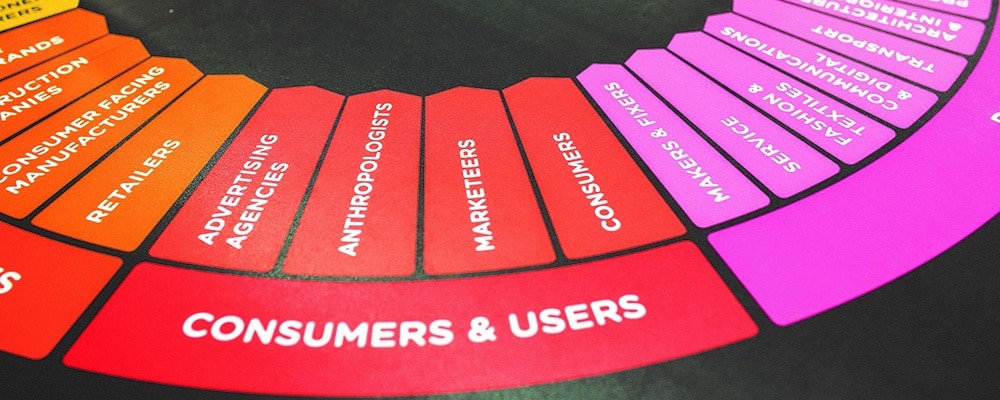Is your brand equipped to deal with a major incident or negative customer experience?
The consequences of a negative incident can be significant – from loss of reputation to even a drop in stock price. It can place the very survival of your brand at risk. The retail environment is open to a myriad of possible issues and scenarios that if mismanaged, can prove difficult to recover from. These challenges range from a negative customer experience, to an IT issue affecting sales, a web outage or a product recall. The ability to respond decisively and effectively to a negative incident is the ultimate test of management, your internal protocols and your company’s corporate culture.
Research shows that companies who respond poorly to a major crisis or negative event, lose on average 15% of market value in the following months, compared to a 10% increase in share price for companies who respond effectively. Think of how that can impact your bottom line, not to mention the broader impact on your brand’s reputation and performance.
While so many organisations dedicate a lot of time, energy and money to brand promotion – and rightly so – unless coupled with brand protection, this good work can be undone in an instance No business is immune from the possibility of a sudden event or incident that can put brand reputation at risk. However, when ‘promote and protect’ are in balance you have a better chance of enjoying brand health, business growth and reputational resilience.
So here are a few tips to equip you to manage an issue or incident.
1.Audit the customer experience.
Understanding how to prepare for and manage, the consequences of a negative experience, is the first step towards ensuring your brand and business is prepared to survive it. Look at every aspect of your business that a customer will experience: your website, shop front, social media platforms, customer service, staff, the quality of your product including warranty and return policy. What can go wrong in each area? Consider the key scenarios you could encounter.
2. Build a protection plan
Developing a robust, workable and realistic issues management plan is an investment in protecting the value of your business and insurance for your brand and your hard earned reputation. This plan will be built around your core values, company ethos and key messages. The plan must address the concerning areas your audit exposed and detail the steps you will initiate to overcome these. For example, if your website crashes is there ample back-up phone lines? Are staff briefed and key stakeholders notified? Are there key messages prepared and retail outlets ready with this information on hand?
3.Test the plan
There are many ways to ensure the issues management plan is workable. It will cover all aspects of your business, so create scenarios in each area to really pressure-test the plan. Run focus groups, test the shop and web experience, trial the warranty and return policy, engage and train staff. Are there areas for improvement? What vulnerabilities were uncovered? Put steps in place to ensure best practice, then test again.
4.Social and media management
In today’s 24/7 news environment, an organisation must respond quickly and appropriately when an issue breaks. It is critical key staff are trained to be able to address media and be spokespeople for the brand. It’s too late for this training to take place when the company is fielding calls from the media or disenchanted customers. A company must provide open and consistent communication which will see your brand maintain good standing in the eyes of key stakeholders and the public. In addition, social media should not be seen as simply a reactive tool but a way to monitor and ‘listen’ before a crisis breaks. It is the best ‘early warning system’ a brand has and can be used to build ongoing trust after a negative event.
4. Promote and protect brands
A negative issue must be looked upon as an opportunity to show the human face of the brand. Having a clear brand vision and an issues management plan in place allows the organisation to feel in control and prepared to deal with that inevitable negative occurrence. It’s important that management and staff sleep well at night knowing a plan is in place to protect their business.
Responding quickly, acting with integrity, displaying empathy and updating stakeholders regularly are the key ingredients to gaining control, minimising damage and ensuring your retail brand enjoys a favourable reputation for years to come.
For a complimentary audit of your crisis communications plan please call Chris Gray on (02) 8235 7600.
Chris Gray is the Managing Director of Daylight Agency, an integrated communication firm which specialises in both promoting brands and providing issues and crisis management support to retail and consumer organisations. Learn more at daylightagency.com.au




















